Optimal Timing for Foundation Repairs
Foundation repairs are most effective when performed during periods of stable weather and moderate temperatures. Dry seasons typically allow for better curing of repairs and less risk of moisture-related issues. Scheduling repairs in spring or early fall can minimize disruptions and ensure optimal conditions for the work.
Spring offers milder temperatures and less precipitation, which can facilitate timely foundation repairs and reduce delays.
Early fall provides stable weather conditions and cooler temperatures, ideal for foundation work before winter.
Severe cold or heat can hinder repair processes and impact material performance, making extreme seasons less suitable.
Timing repairs when soil moisture levels are moderate helps prevent further shifting or settling after repairs.
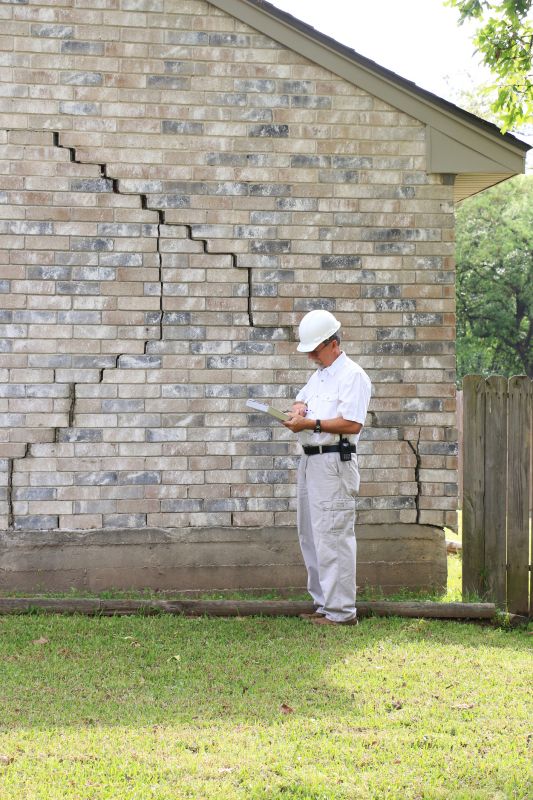
A professional assessment is recommended before scheduling repairs to determine the extent of work needed.
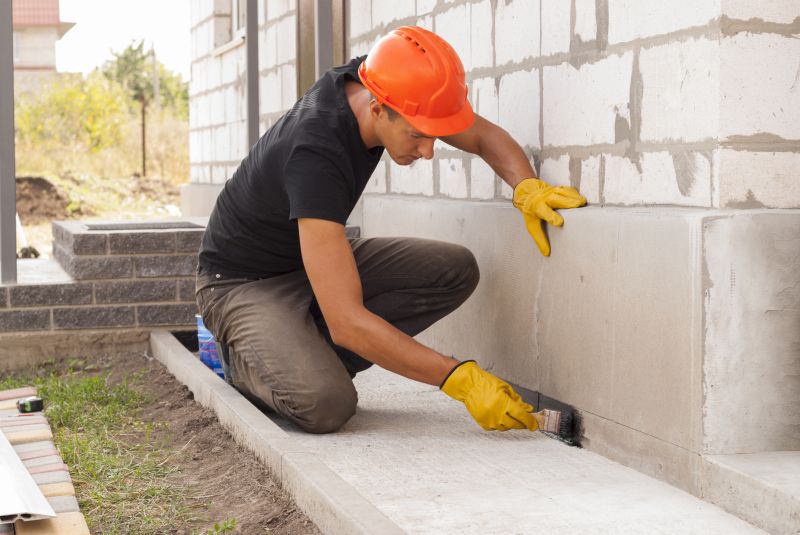
Preparing the site during optimal weather conditions ensures safety and quality of foundation repairs.

The repair process involves stabilization techniques suitable for the current weather and soil conditions.
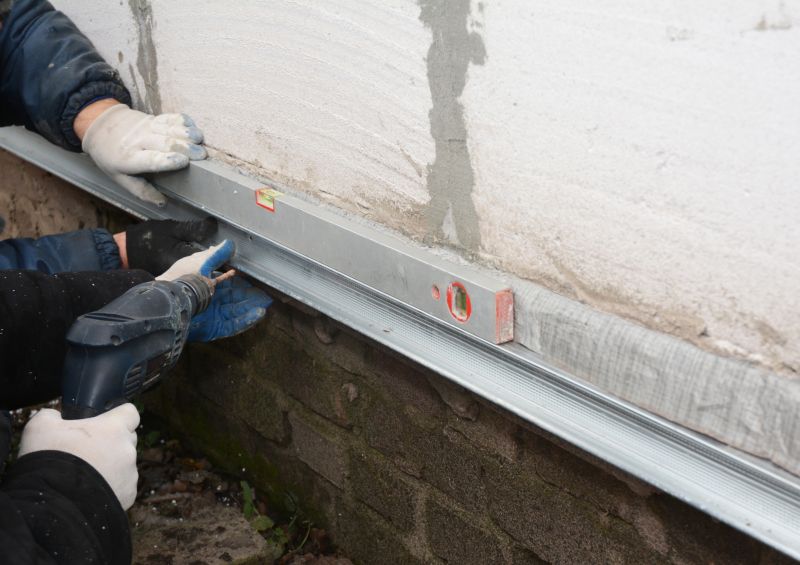
Monitoring foundation stability after repairs is important, especially during seasonal transitions.

Ways to make Foundation Repairs work in tight or awkward layouts.
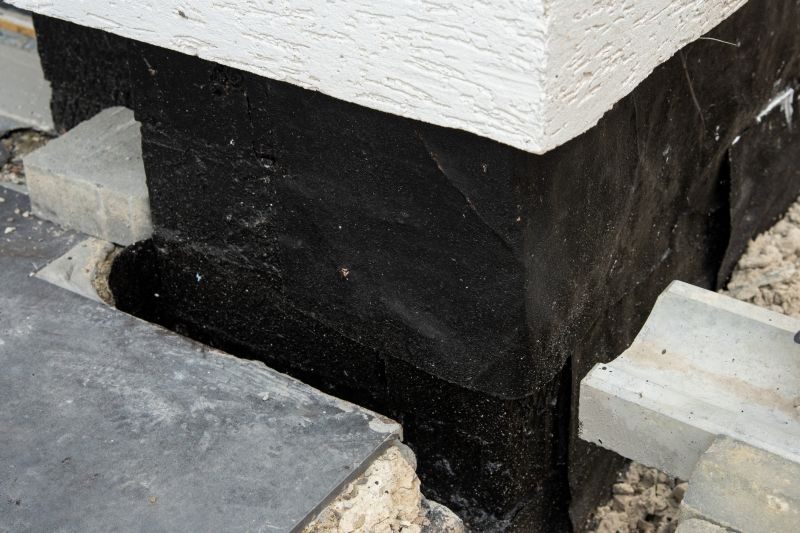
Popular materials for Foundation Repairs and why they hold up over time.

Simple add-ons that improve Foundation Repairs without blowing the budget.
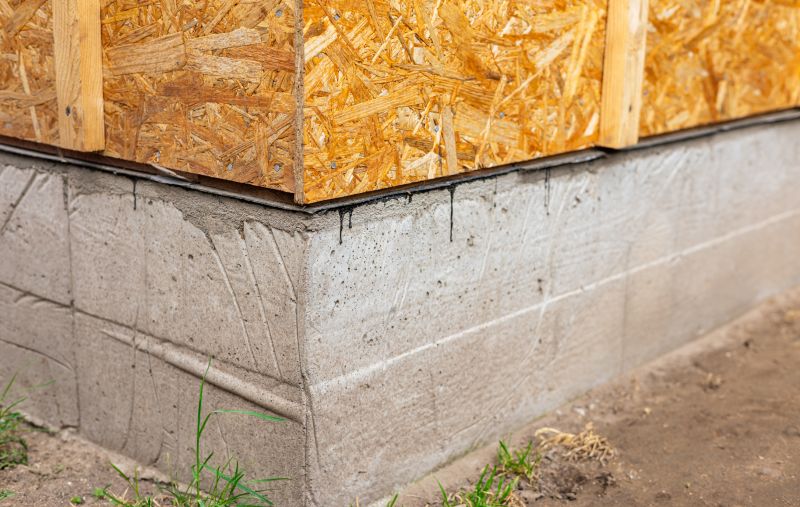
High-end options that actually feel worth it for Foundation Repairs.
| Season | Ideal Conditions |
|---|---|
| Spring | Mild temperatures, moderate moisture, less precipitation |
| Summer | High temperatures, potential for drought conditions |
| Fall | Cooler temperatures, stable soil moisture |
| Winter | Cold temperatures, frozen ground, potential delays |
Foundation repairs are critical for maintaining the structural integrity of a building. Addressing issues promptly can prevent further damage, reduce long-term costs, and ensure safety. Common problems such as shifting, cracking, or settling often result from soil movement, moisture fluctuations, or poor initial construction. Repair techniques vary depending on the severity and type of foundation, including underpinning, piering, or stabilization methods. Proper timing of repairs enhances the effectiveness of these techniques and can extend the lifespan of the structure.

Visible cracks can indicate settling or shifting that requires immediate attention.
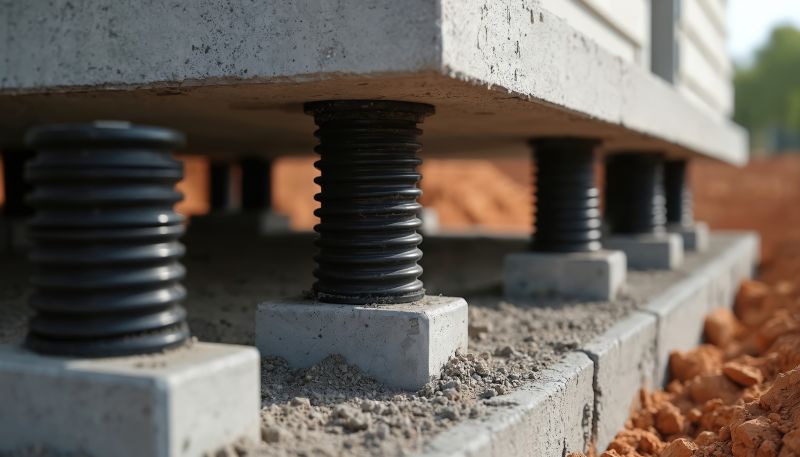
Piering involves installing supports to stabilize and lift the foundation.
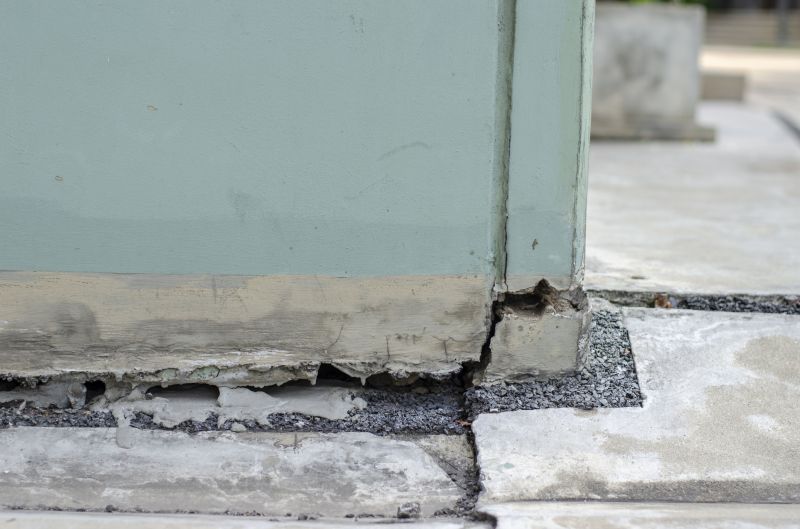
Addressing soil conditions can prevent future foundation issues and improve stability.
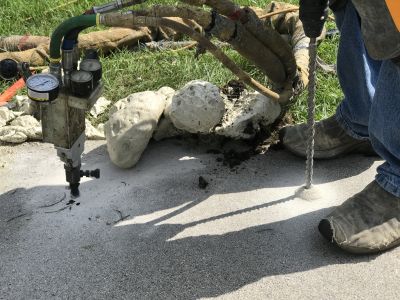
Advanced tools and machinery are used to perform precise foundation stabilization work.
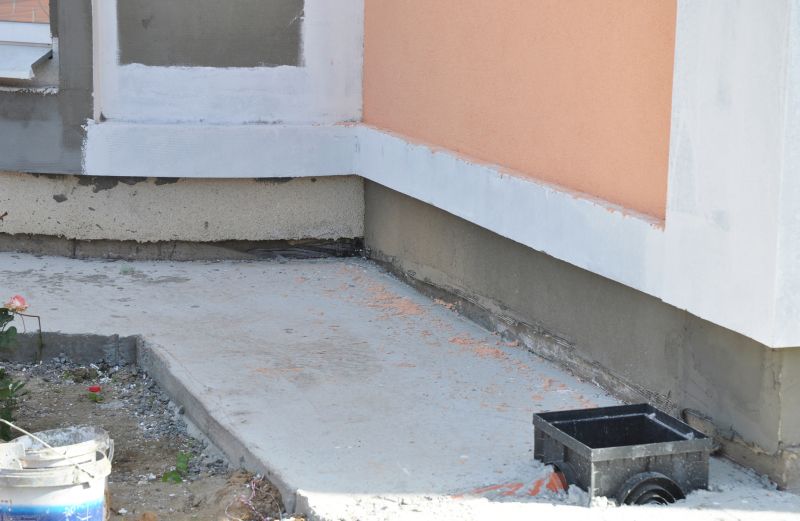
Finishes and colors that play nicely with Foundation Repairs.
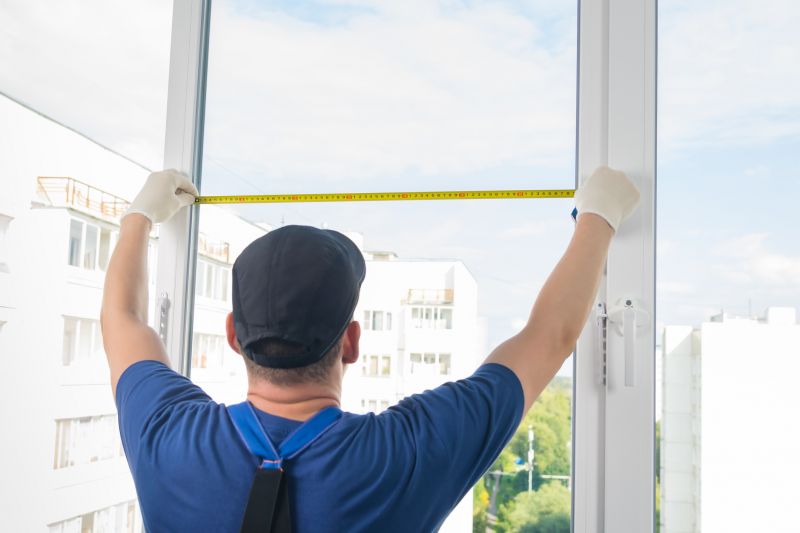
Little measurements that prevent headaches on Foundation Repairs day.
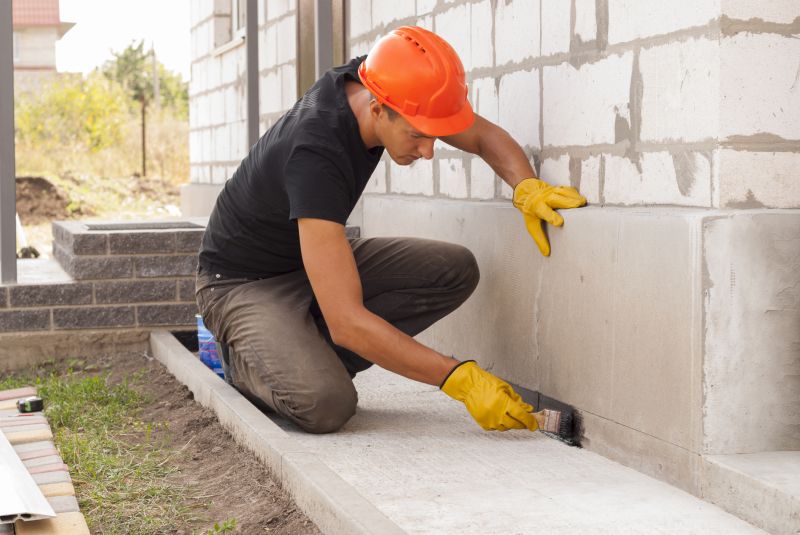
A 60-second routine that keeps Foundation Repairs looking new.

A frequent mistake in Foundation Repairs and how to dodge it.
Choosing the right time for foundation repairs depends on local climate conditions, soil moisture levels, and project scope. Consulting with foundation specialists can provide guidance tailored to specific site conditions. Early intervention during favorable weather conditions can help prevent the escalation of existing problems and ensure a durable, long-lasting repair.
Opt for spring or fall to benefit from stable weather and optimal soil conditions.
Cold and frozen ground can hinder repair work and delay project timelines.
Scheduling repairs before extreme weather seasons can prevent additional complications.
Experts can assess the best timing based on local weather patterns and soil conditions.
Interested in foundation repairs? Filling out the contact form can provide access to expert assessments and tailored solutions to ensure the stability and safety of the property.

